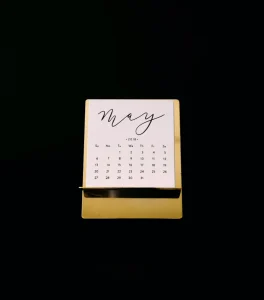Many of its anti-union tactics were perfectly legal, If you are going to use a passage of Lorem Ipsum, you need to be sure there isn’t anything embarrassing hidden in the middle of text.
Struggling to sell one multi-million dollar home currently on the market won’t stop actress and singer Jennifer Lopez from expanding her property collection. Lopez has reportedly added to her real estate holdings an eight-plus acre estate in Bel-Air anchored by a multi-level mansion.
The property, complete with a 30-seat screening room, a 100-seat amphitheater and a swimming pond with sandy beach and outdoor shower, was asking about $40 million, but J. Lo managed to make it hers for $28 million. As the Bronx native acquires a new home in California, she is trying to sell a gated compound.
Black farmers in the US’s South— faced with continued failure their efforts to run successful farms their launched a lawsuit claiming that “white racism” is to blame for their inability to the produce crop yields and on equivalent to that switched seeds.
What Will Be The Next Step to Complete?
The “new ’20s” idea might not work—there were a lot more young people in the United States then than now; a reprise of the world-changing inventions and discoveries of the 1920s would be a big surprise to those economists who believe that we have been in an invention dry spell since the 1970s. In his Businessweek piece, Peter Coy largely agrees, writing, “In all probability … the U.S. will continue to wrestle with ‘secular


These experts make strong cases, and they satisfy my natural instinct not to go there. But I remain very interested in the reasons the ’20s appeal to our imagination right now. Of course, it’s the booze, the sex, and the parties. But it’s also a decade with a very strong identity—and I think that helps. Writing in the journal American Speech in 1951, Mamie J. Meredith argued that the ’20s boasted
I’d argue that Meredith’s point about the decade’s exceptionality still holds: How many other 20th century decades have a nice little permanent descriptor like Roaring? It helps that most of these are good adjectives, evoking a time you’d probably like to live through again—but even the slightly dangerous-sounding ones conjure up something specific. That definiteness offers an appealing sense

Anyway, let’s get to that fun. A very joyful book to read about the decade is Frederick Lewis Allen’s Only Yesterday: An Informal History of the 1920s, which Allen—a blueblood journalist and editor at Harper’s—published in 1931. The book chronicles all of the movement and motion that makes the decade sexy, and doesn’t seem to miss a fad.
The property, complete with a 30-seat screening room, a 100-seat amphitheater and a swimming pond with sandy beach and outdoor shower, was asking about $40 million, but J. Lo managed to make it hers for $28 million. As the Bronx native acquires a new home in California, she is trying to sell a gated compound.
A designer knows he has achieved perfection not when there is nothing left to add, but when there is nothing left to take away.
Allen is also really good at describing parties—or, at least, the ones the middle class and upper class attended. The historian wrote about how women taking up smoking had “strewed the dinner table with their ashes, snatched a puff between the acts, invaded the masculine sanctity of the club car.

Popular In Human Interest:
- Parents Are Fed Up With Their Kids’ Expensive Berry Habits
- 15 Mother’s Day Gifts for the Burned-Out Mom in Your Life
- Really Though, What Jeans Are in Style Now?
- Don’t Fall for Fertility Fearmongering About Trans Men
Perhaps by remembering the twenties merely as an enchanting series of novelties or the crude afterthought of a simpler past, we preserve the illusion of our own simple innocence,” mused historian Paula Fass in the introduction to her book The Damned and the Beautiful: American Youth in the 1920s.













